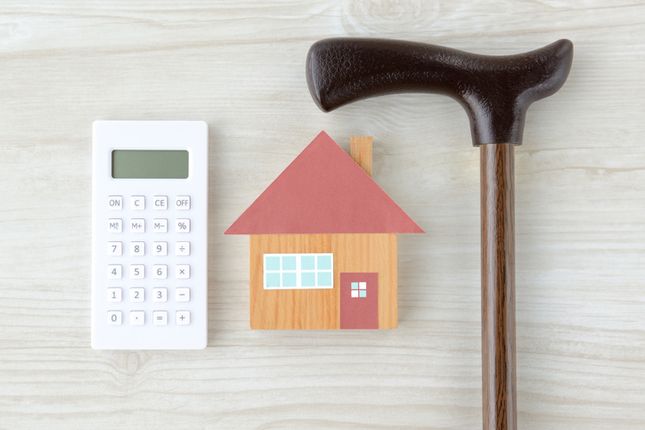The Albanese Government recently released the Centre for Population’s 2023 Population Statement, underlining the ageing, housing and care-related challenges on the horizon.
“Australia is ageing, and this presents challenges around housing, care and affordability,” Retirement Living Council Executive Director Daniel Gannon said.
“This is more important than ever given there are currently 2 million people over the age of 75 around the country, but by 2040, this cohort will increase to 3.4 million.
“This means there will be an additional 1.4 million people over 75 within the next two decades.
“These changes will have implications for the nation’s socio-economic outlook, including increased demand for healthcare, social services and aged care services.
“At the same time, the pressure on our housing markets continues to grow, as does the need for age-friendly infrastructure and appropriate housing options for this ageing cohort,” he said.
Mr Gannon said the RLC’s Better Housing for Better Health report outlines great benefits for consumers and governments alike.
“This report has found that retirement villages across the country save the commonwealth government a billion dollars every year by delaying entry into aged care facilities through better designed homes that lead to fewer trips, falls and interactions with healthcare systems,” Mr Gannon said.
“And when Australians ‘rightsize’, their homes re-enter the market, benefiting singles, couples and growing families, helping to close the supply gap.
“Beyond just the housing benefits, residents of retirement communities are 41 per cent happier, 15 per cent more physically active, and experience reduced levels of loneliness and depression,” he said.
The RLC proposes that the commonwealth government includes retirement communities as a key delivery component of achieving the Housing Australia Future Fund target to build 1.2 million well‑located new homes nationwide by 2029.


